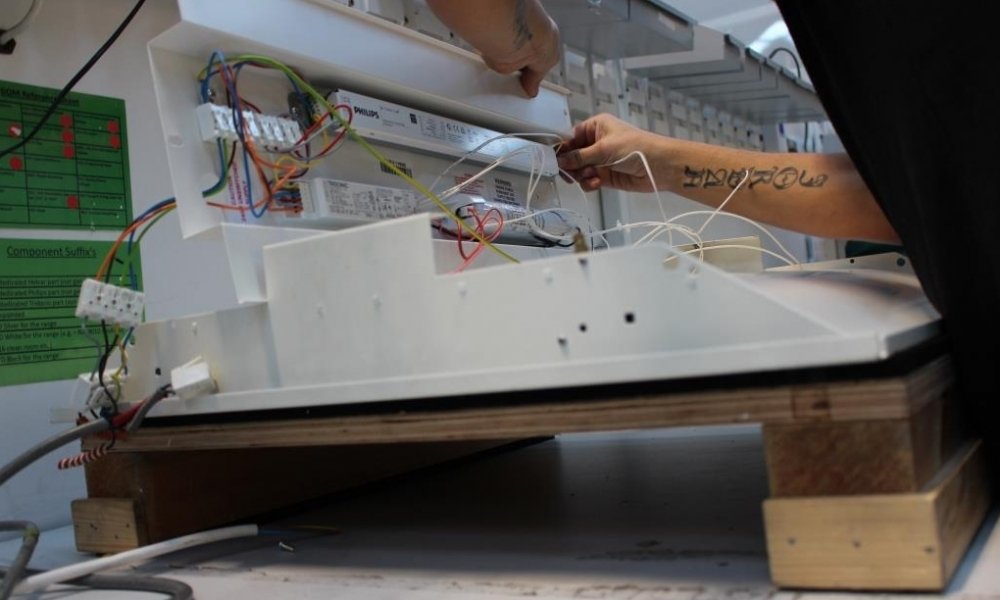Initiatives and Case Studies

Fagerhult Lighting Modular Products
Fagerhult develops and manufactures professional lighting systems for public environments, indoor and outdoor. One of their sustainability initiatives, Whitecroft Vitality, is a new approach to circularity, offering maintaince checks and upgrades to luminaires. This way, the whole luminaire does not need to be replaced and thus keeps the product in the economy for additional lifecycles.
Member Initiative / Producer / Lighting / Rethink
Key Findings
 Fagerhult Lighting has been able to save:
Fagerhult Lighting has been able to save:
- 2,000 kg worth of raw materials
- 23 W of energy per fitting
- 1.5 tonnes of packaging with their approach to circular lighting
- Fagerhult Lighting has reduced plastic in their products by 67%.
Summary
Fagerhult develops and manufactures professional lighting systems for public environments, indoor and outdoor.
Fagerhult’s multilume project replaces the materials in the luminaire body with renewable resources in their best-selling product, reducing the climate impact from the luminaire body by 81%. The renewable resource used must be recoverable like wood, paper and pulp. By replacing the material in the luminaire body, from metal to cardboard, the weight of the entire luminaire has been reduced by 32%.
One of their sustainability initiatives, Whitecroft Vitality, is a new approach to circularity. It’s about creating long term, interconnected partnerships between the supply chain, manufacturer and customer around the product. This begins with the development of high efficacy products that are modular, upgradeable and designed for disassembly. Annual Whitecroft Vitality maintenance checks are available to monitor the installation throughout its life and keep products at their highest utility. Whitecroft Vitality cycles allow for the future upgrade and replacement of your lighting solution without the need to fully replace the luminaire. Keeping the product in the economy for additional lifecycles greatly reduces the carbon footprint of the installation and lowers return on investment triggers for future energy savings.
For More Information
https://www.whitecroftlighting.com/case-studies/circular-economy/
info@fagerhult.ie
